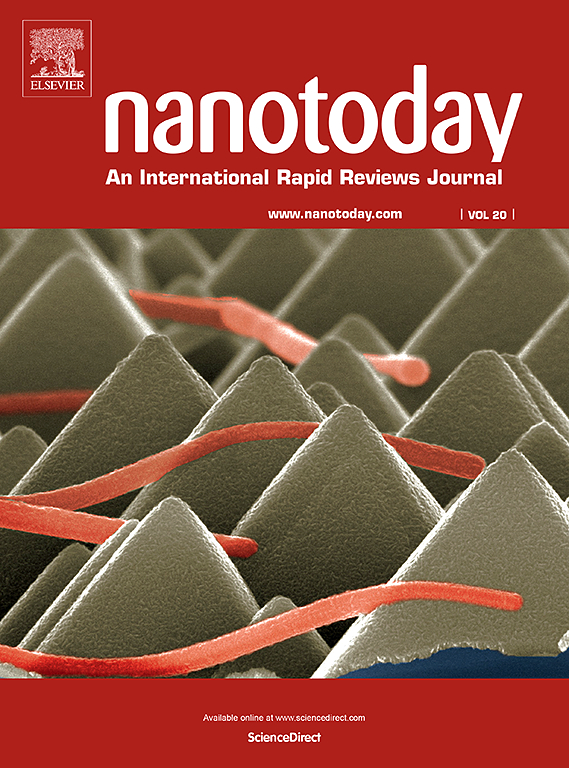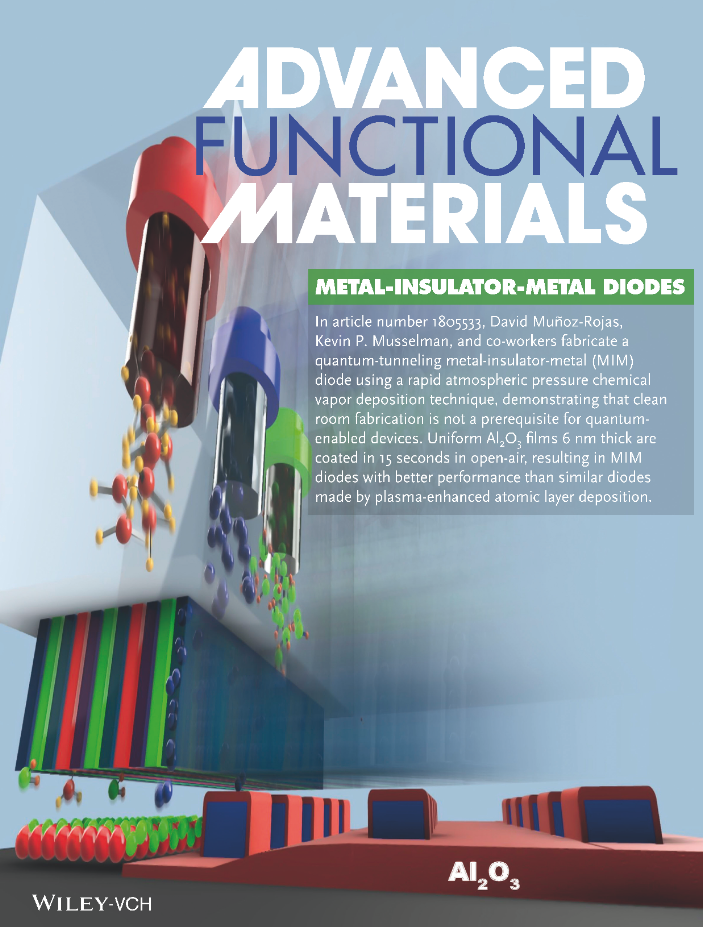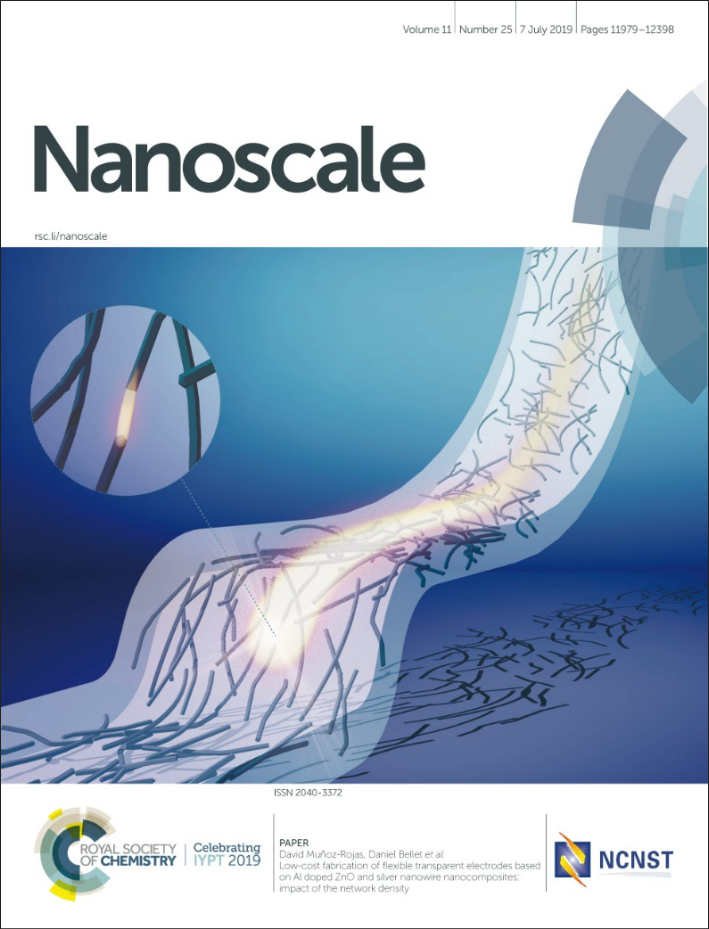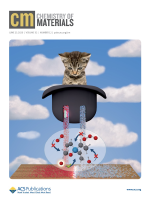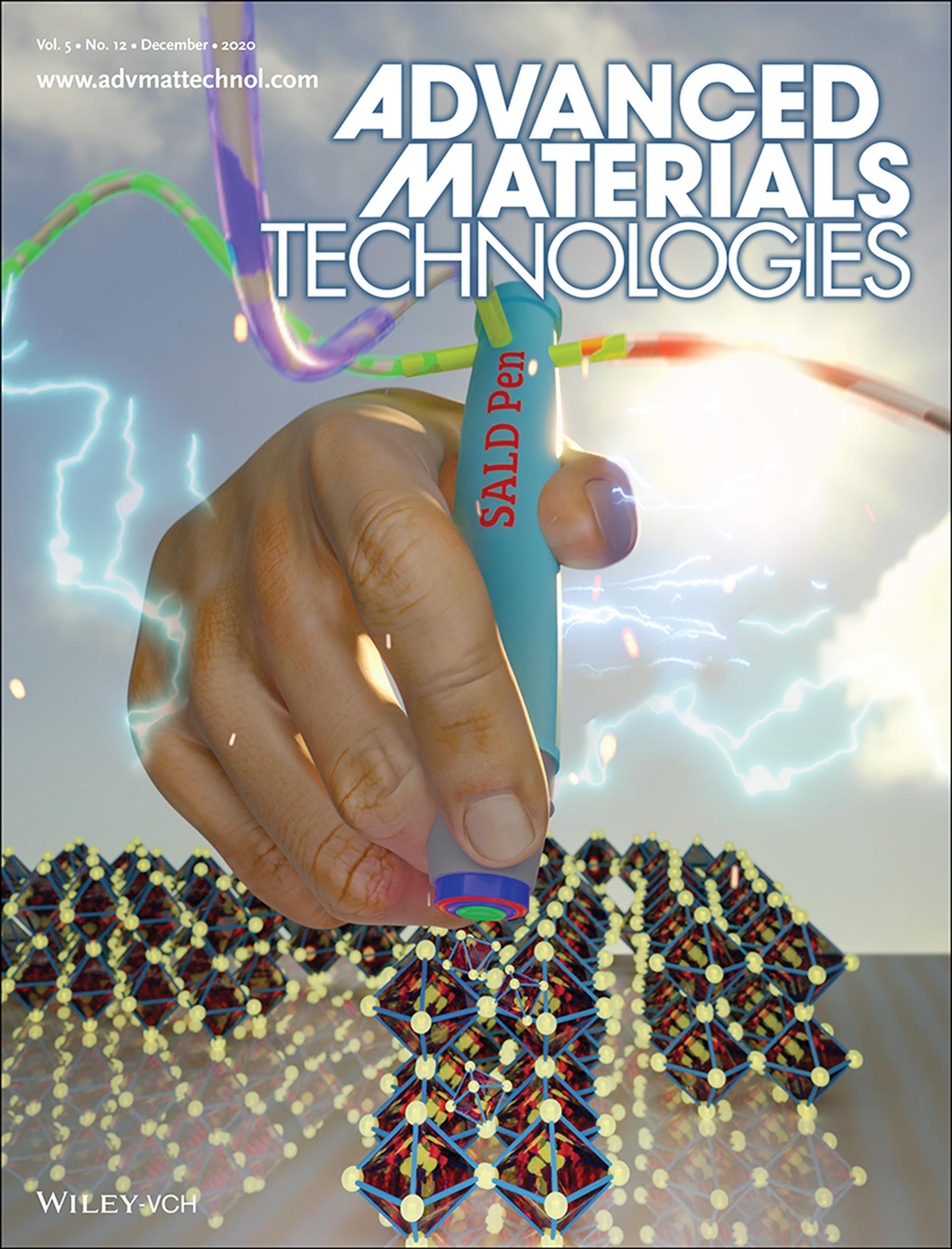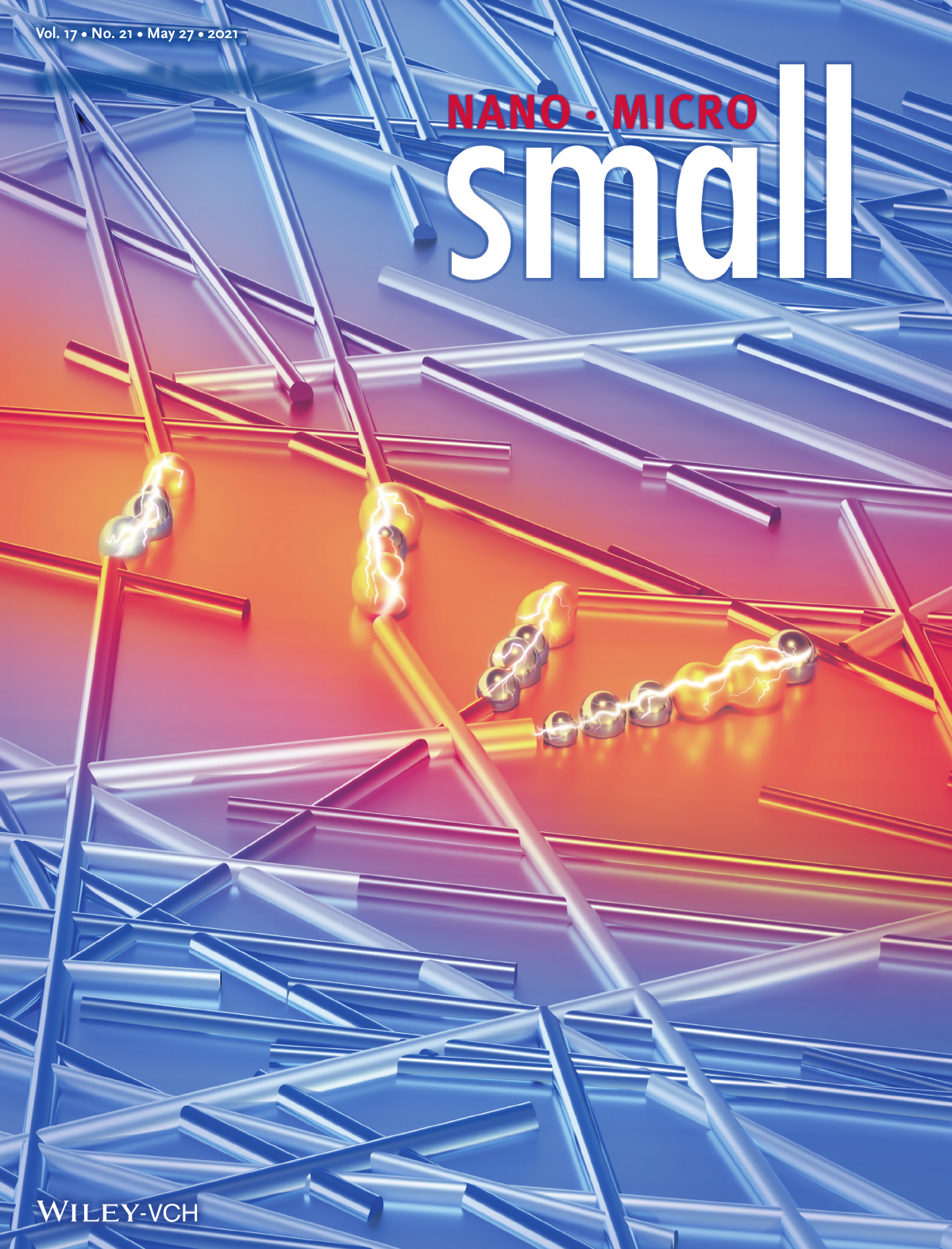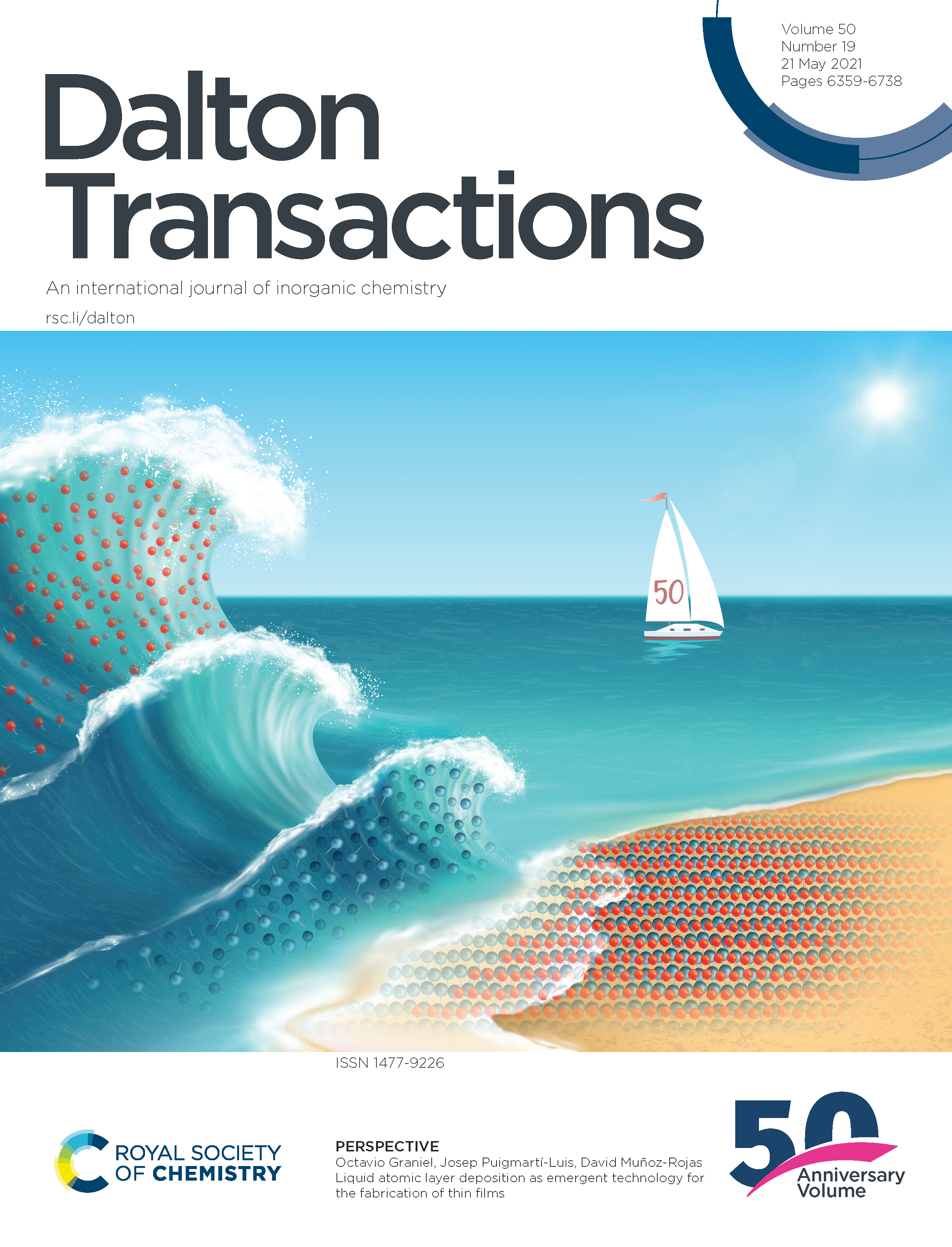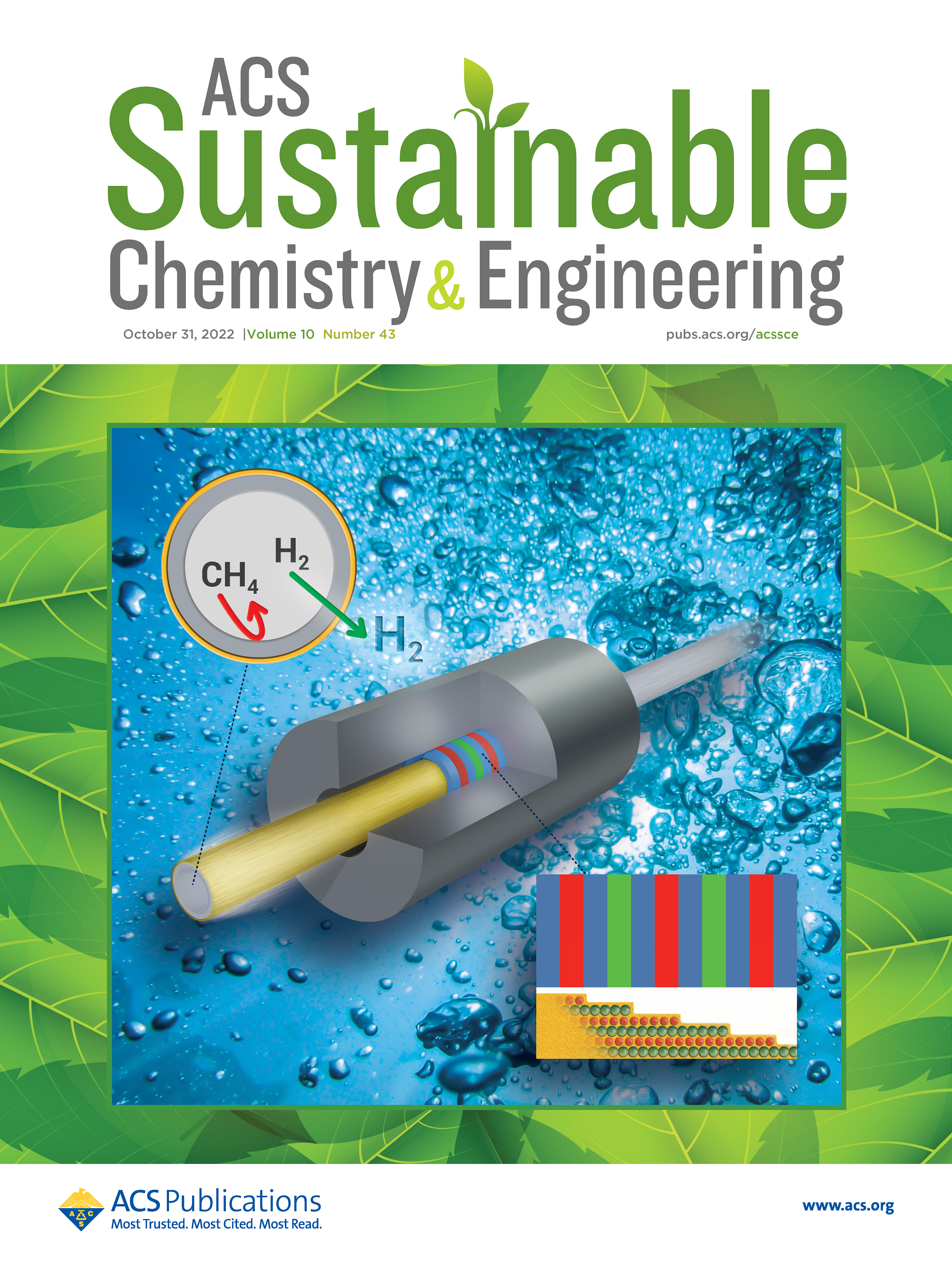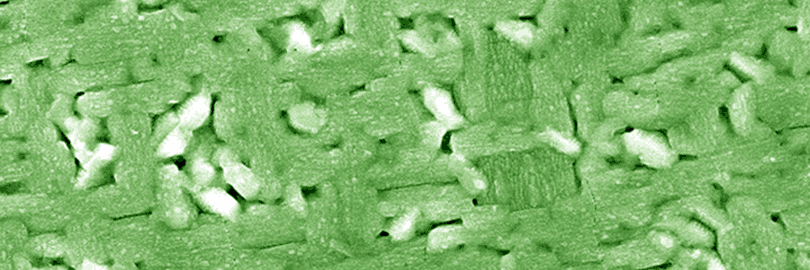Spatial atomic layer deposition (SALD) is an alternative to conventional ALD in which the precursors are continuously injected in different locations of the reactor, being separated by a flow of inert gas. As a result, SALD is up to orders of magnitude faster than conventional ALD, achieving deposition rates more typical of CVD. In addition, SALD can easily be performed at atmospheric pressure an even in the open air, i.e. without the need of a deposition chamber. At the same time, the unique assets of ALS, namely, the thickness control at the nanometer, the high conformality and the deposition of high quality materials at low temperatures (RT to 350 C), are maintained. At LMGP, we work with the close-proximity approach based on a manifold head, initially reported by D. Levy et al. from Kodak. More info on the principle of SALD and a video of one of our systems can be found here. The SALD research is structured in three main lines:
1.- Design and optimization of the SALD reactors. The SALDs at LMG have been designed and fabricated in the lab. The systems have been conceived to be easily adapted to different types of samples, materials and reaction activation. At present, there are two systems operative, while a third one is currently being implemented. Computational Fluid Dynamic (CFD) simulations are used to guide our designs. As example of our developments, we have recently fabricated a compact atmospheric plasma head through a collaboration with the GREMI lab, allowing us to perform atmospheric-plasma-activated SALD.
2.- Fundamental studies. This line includes the characterization (including in situ) of the reaction mechanism and the study of the effect of open-air processing in the properties of the materials deposited. We also tackle the deposition of new materials and materials which have not beed deposited by SLAD before. These include oxides, metals and hybrid materials. For that, new precursors are explored thanks to different collaborations with synthetic chemistry groups. The materials currently deposited at LMGP include: Al2O3, ZnO, ZnO:Al (AZO), TiO2, SiO2 and Cu2O. Our studies have allowed us to develop a new theoretical model for the conductivity of polycrystalline oxide semiconductive films.
3.- Application to devices. Through different collaboration inside and outside the LMGP, the films developed by the team are applied in functional materials and devices. In particular, we focus on the study of transparent conductive materials for different optoelectronic devices. Other devices include thin film transistors, sensors, MIM diodes, etc…
SALD 3erd generation (with the AgNWs team)
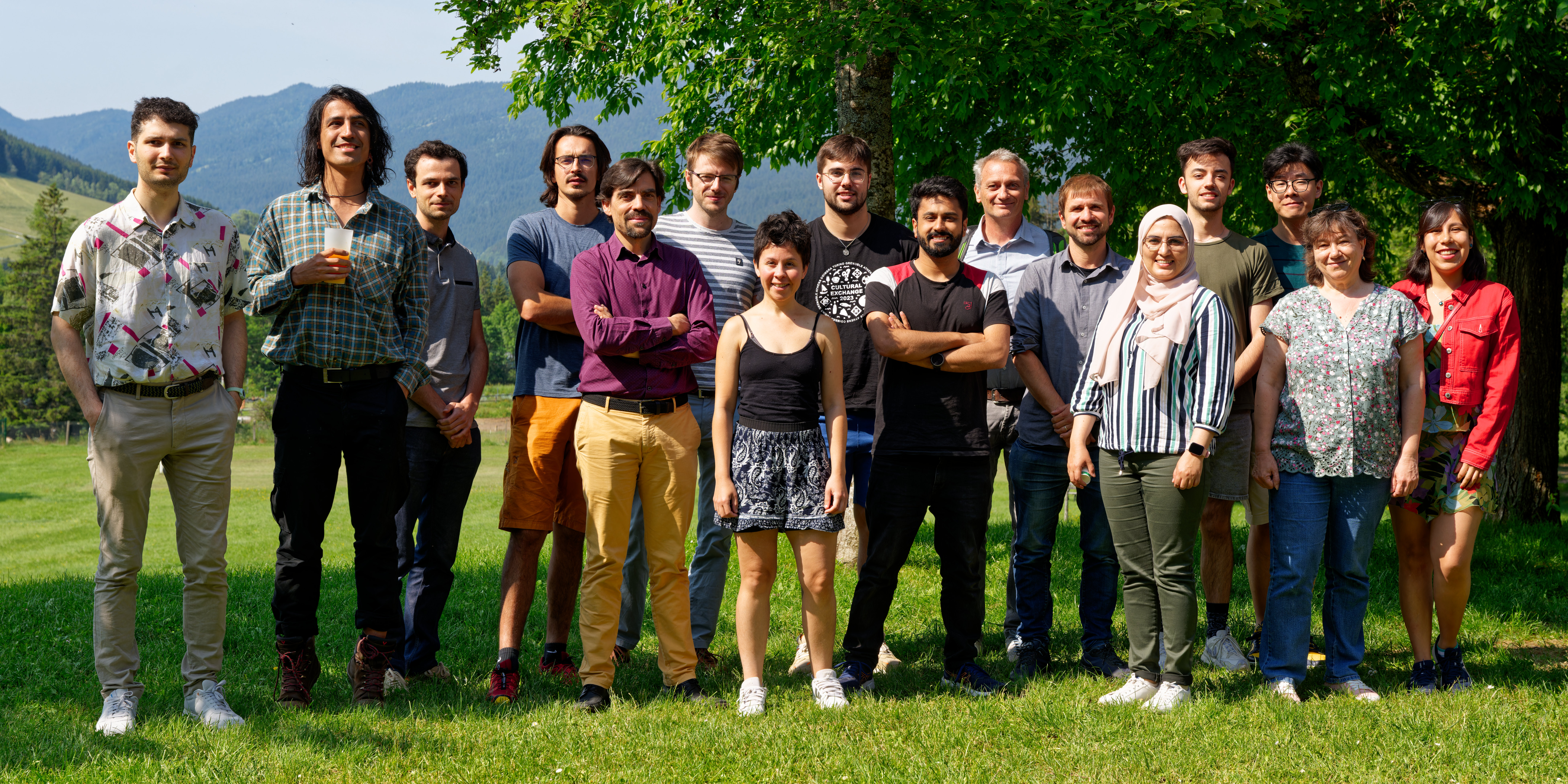
SALD team 2nd gerneration
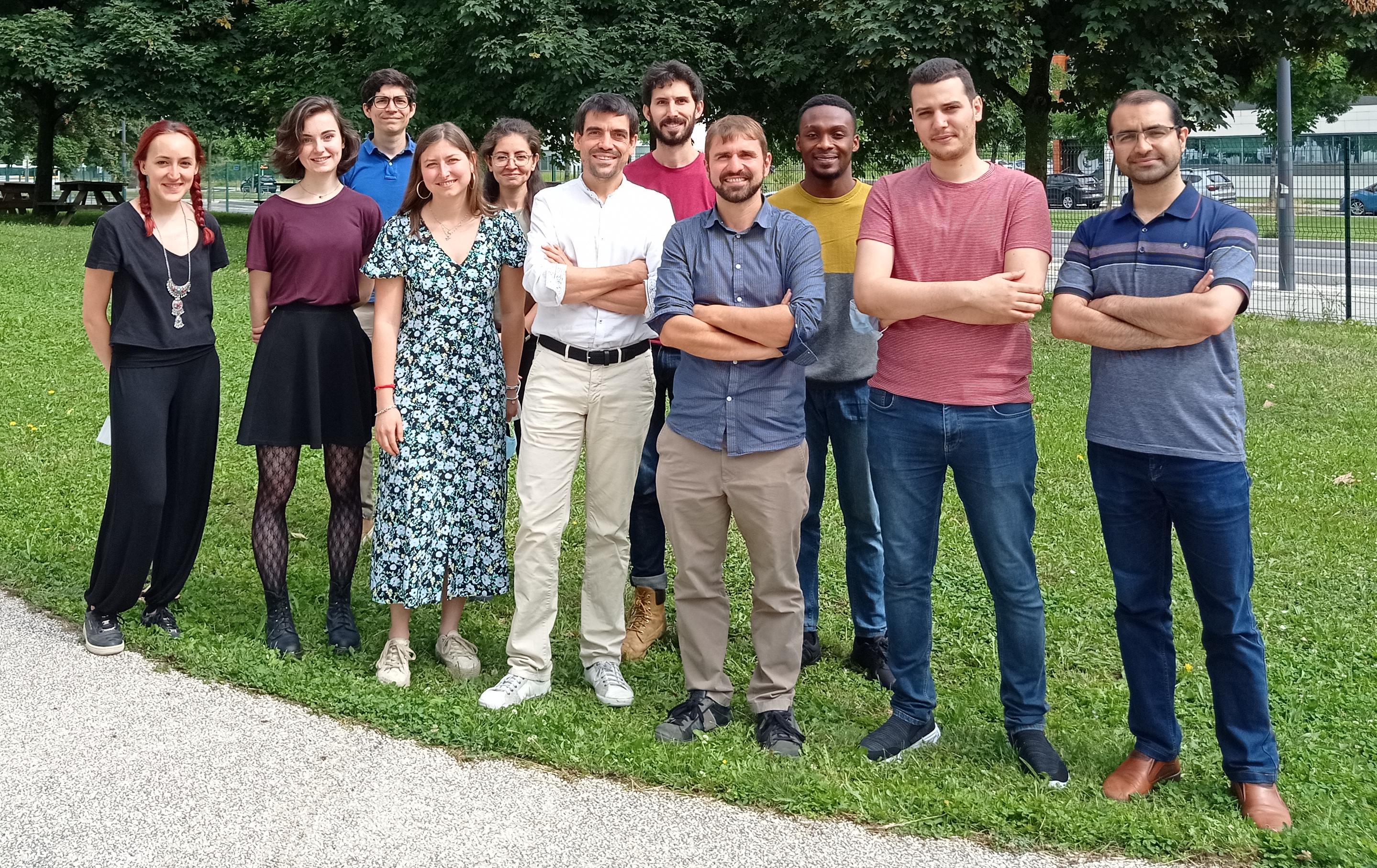
SALD team 1st Generation
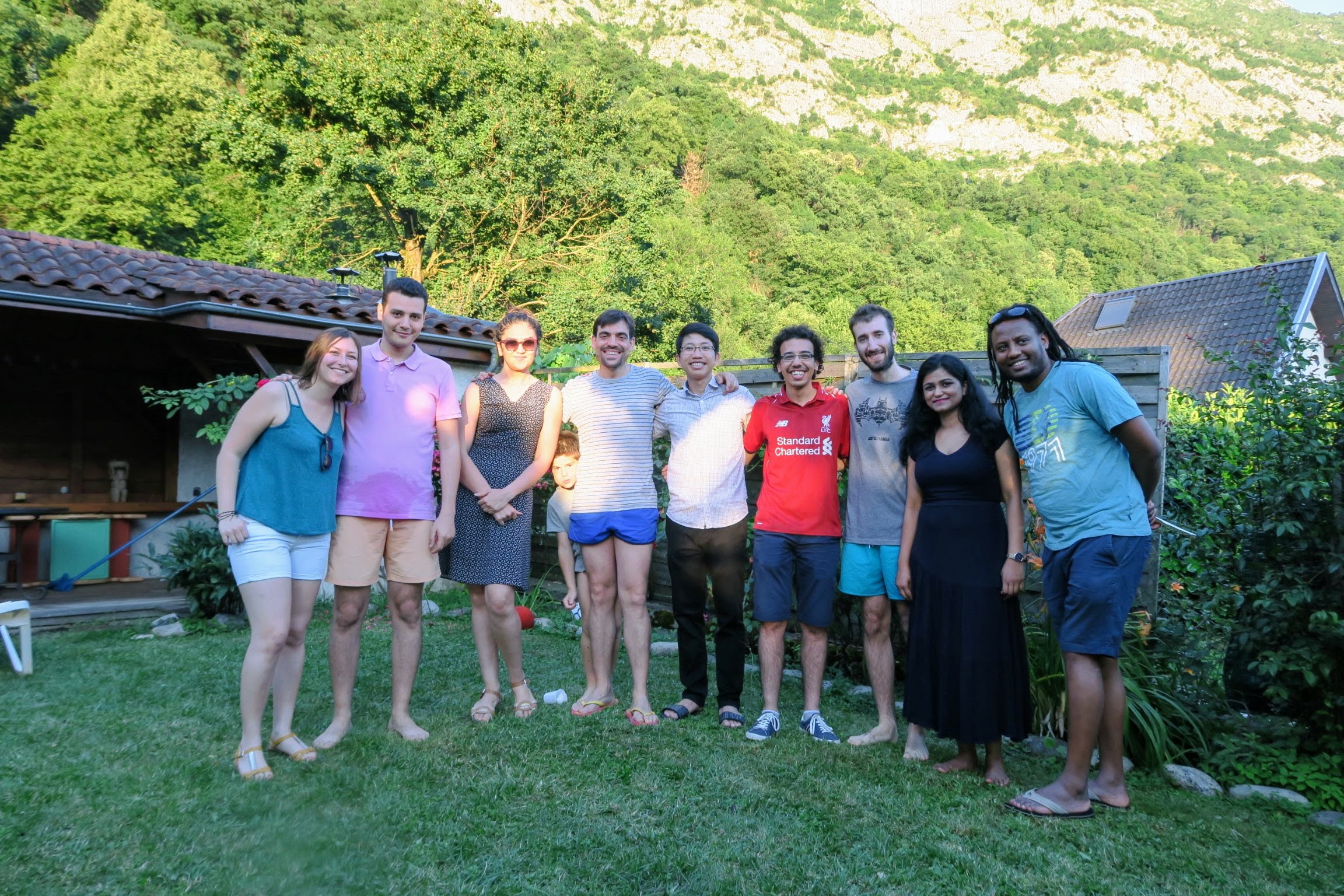
Permanent Staff
Non-permanent staff
Liam Johsnton
Hayri Okcu
Stefano D'Ercole
Aubin Parmentier
Postdocs:
Pia Vasquez Rivera
Vijaya Paul Raj
Selected Publications
Assessing the Potential of Non-pyrophoric Zn(DMP)2 for the Fast Deposition of ZnO Functional Coatings by Spatial Atomic Layer Deposition
Liam Johnston, Jorit Obenlüneschloß, Muhammad Farooq Khan Niazi, Matthieu Weber, Clément Lausecker, Laetitia Rapenne, Hervé Roussel, Camilo Velasquez Sanchez, Daniel Bellet, Anjana Devi, David Muñoz-Rojas*.
RSC Applied Interfaces, 2024, 1, 1371-1381
Comparative study of the environmental impact of depositing Al2O3 by Atomic Layer Deposition and Spatial Atomic Layer Deposition
Muhammad Farooq Khan Niazi, David Muñoz Rojas, Damien Evrard*, Matthieu Weber*
ACS Sustainable Chemistry & Engineering, 2023, 11, 41, 15072–15082
Custom 3D Printed Spatial Atomic Layer Deposition Manifold for the Coating of Tubular Membranes.
Fidel Toldra-Reig*, Clément Lausecker, Matthieu Weber, Mikhael Bechelany and D. Muñoz-Rojas*
ACS Sustainable Chemistry & Engineering, 2022, 10, 43, 14112–14118.
Chemical deposition of Cu2O films with ultra-low resistivity: Correlation with the defect landscape.
A. Sekkat*, M. O. Liedke, V. H. Nguyen, M. Butterling, F. Baiutti, J. D. S. Veru, M. Weber, L. Rapenne, D. Bellet, G. Chichignoud, A. Kaminski-Cachopo, E. Hirschmann, A. Wagner, and D. Muñoz-Rojas*
Nature Communications, 2022, 13, Article number: 5322
Open-Air Printing of Cu2O Thin Films with High Hole Mobility for Semitransparent Solar Harvesters
Abderrahime Sekkat, et al.
Commun Mater 2021, 2, 78
Impact of Precursor Exposure in Spatial Atomic Layer Deposition on Process Efficiency and Film Properties
Viet Huong Nguyen et al.
Chemical Engineering Journal, 2021, 403,126234
Gas-phase 3D printing of functional materials
Cesar Arturo Masse de la Huerta et al.
Advanced Materials Technologies, 2020, 5 (12), 2000657.
Atmospheric Plasma-Enhanced Spatial Chemical Vapor Deposition of SiO2 using Trivinylmethoxysilane and Oxygen Plasma
Nguyen, Viet Huong et al.
Chemistry of Materials, 2020, 32, 12, 5153–5161
A full list of publications of the SALD team can be found here
Review Articles
Spatial Atomic Layer Deposition for Energy and Electronic Devices
Robert L. Z. Hoye*, David Muñoz-Rojas*, Zhuotong Sun, Hayri Okcu, Hatameh Asgarimoghaddam, Judith L. MacManus-Driscoll, Kevin P. Musselman*
PRX Energy, 2025, 4, 017002.
Speeding up the unique assets of atomic layer deposition
David Muñoz-Rojas et al.
Materials Today Chemistry, 2019, 12, 96-120.
Spatial Atomic Layer Deposition (SALD), an emerging tool for energy materials. Application to new-generation photovoltaic devices and transparent conductive materials.
David Muñoz-Rojas et al.
Comptes Rendus Physique, 2017, 18, 391-400.
Spatial Atmospheric Atomic Layer Deposition: A new laboratory and industrial tool for low-cost photovoltaics
David Muñoz-Rojas et al.
Materials Horizons, 1, 314-320,2014.
Projects
PROJECT FASTNANO, within PEPR DIADEM (2022-2026, PI at LMGP)
ANRI Project "REACTIVE" (2022-2025, coordinator).
ANR Project ALD4MEM (2021-2025, PI at LMGP)
International Strategic Partnership (ISP) project (2019-2022, coordinateur)
awarded by the IDEX UGA, in collaboration with the University of Waterloo.
Chaire d’excellence (2019-2022, coordinator)
Awarded by the Nanoscience Foundtaion.
FET OPEN PROJECT “SPRINT” (2018-2022, coordinator).
Awarded by the European Research Council.
ANR Project "DESPATCH" (2017-2020, coordinator).
National & International Collaborations
- LTM, Grenoble
- CEA Liten, Grenoble
- TIMA, Grenoble
- GREMI, Orleans
- INES, Bourget-du-lac
- Annelasys, Montpellier
- IEM, Montpellier
- IPVF, Paris
- UB, Spain
- University of Catania, Italy
- University of Waterloo, Canada
- University of Porto, Portugal
- INMA-CSIC, Spain
- University Ruhr Bochum, Germany
- IFW Dresden, Germany
- Almascience, Portugal
- CENIMAT, Portugal
- Imperial College, UK
- University of Tartu, Estonia
- University of Oxford, UK
Covers
